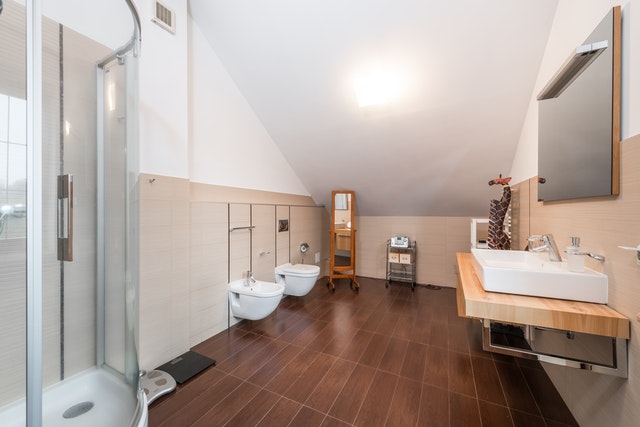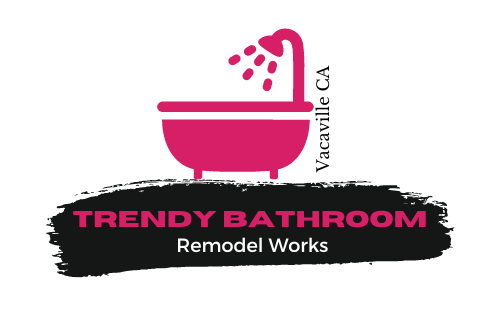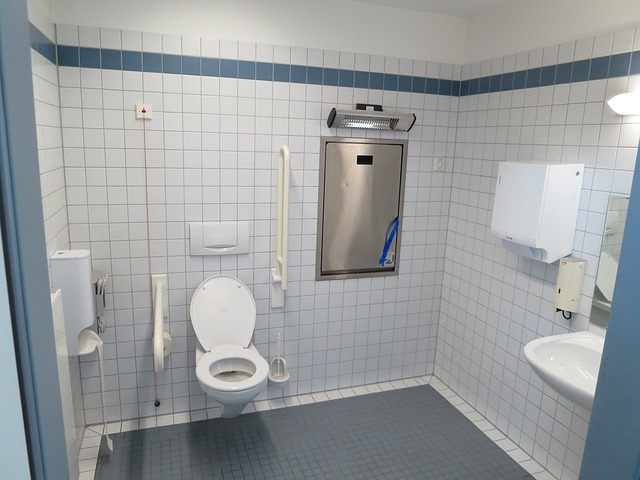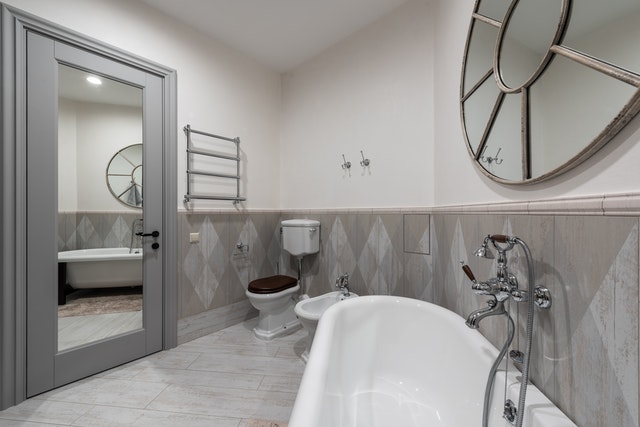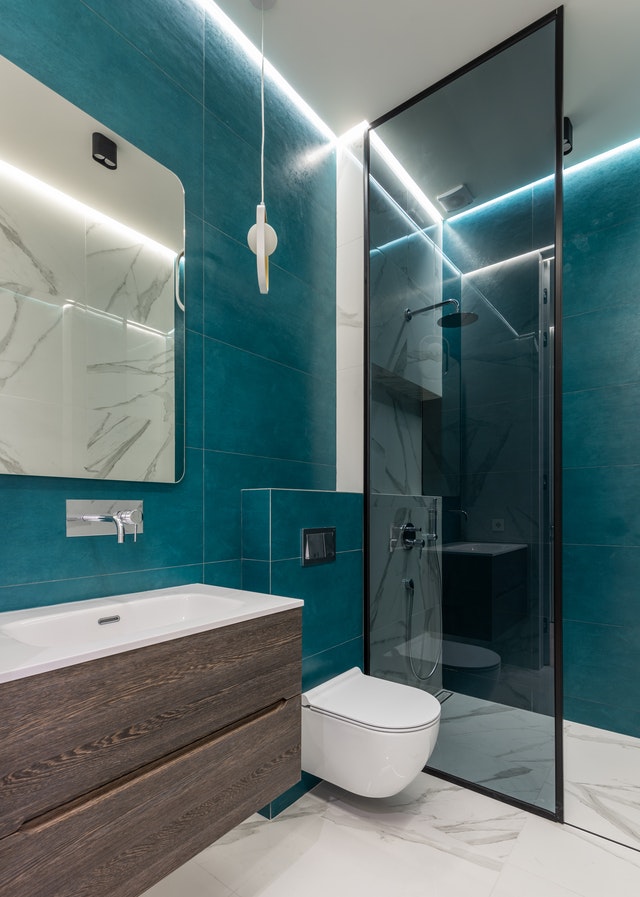Heat lamps, in-floor heating systems, and efficient vent fans in the bathroom make it safer by keeping surfaces drier and less slippery. Extra warmth in the bathroom makes it more comfortable for the elderly, who are especially prone to chilling, people with limited or impaired movement may take longer to bathe and dress, so they will also appreciate the warm environment.
If your bathroom has a stand-alone or tub shower, install a waterproof light over the area to eliminate shadows and provide added assurance in a slippery environment.
Add a phone jack and telephone to your bathroom so elderly or disabled family members can call for help if they fall or are injured.
Showers and tubs are slippery, have high edges, and often have controls in inaccessible places. Some innovative products can make bathing easier and safer.
First and foremost, install grab bars in and around the shower and tub. Grab bars provide stability on slippery surfaces. They are so important that every bathroom should be equipped with them. Adding a shower seat or installing a pull-down or permanent seat in the shower allows elderly or disabled family members to sit while bathing. Ready-to-use tub and shower seats can be purchased from hospital supply stores. Models include transfer seats, seats with backs, and simple stools. These units can be moved out of the way when not in use. If you decide to permanently mount a shower seat in your bathroom, install it at 18”high, and be sure the seat is at least 15” deep.
On tubs, reposition water controls and faucets toward the outside edge of the tub, at a height of 38”to48”, so the water can be turned on and adjusted before getting in to bathe. If you’re going to replace your tub or remodel your bathroom, consider a bathtub with a side-access door to eliminate climbing over the side. Look for newer tub styles made from soft materials that are non-slip and comfortable.
Wheelchair users can have great difficulty with standard tub and shower designs. Consider replacing a combination tub and shower with a stand-alone shower. The best designs include a base that slopes gently toward the drain, rather than a curb to contain water. When fitted with a pull-down seat and adjustable, handheld showerhead, roll-in showers can accommodate people with a wide range of abilities.
Many roll-in showers are designed without doors or curtains. Innovative designs include block walls that separate wet areas from the rest of the room. When a curtain is used, install it on a rod mounted securely into wall backing, so it can support a person who may grab it during a fall.
Doors and doorways can be changed to improve safety and accessibility. The most important thing you can do to bathroom doors—including those on showers—is to reverse the hinges so doors open out. That way, family members can be helped if they fall because they won’t be blocking the door swing. Having bathroom doors open out also allows for more open floor space. You might also want to consider replacing the door’s hinges with swing-clear hinges that will give you more door clearance.
Some bathrooms have smaller entrances that can make bathroom access difficult. Consider widening doorways to 32” to 36” so wheelchair and walker users can enter the bathroom easily. Or replace a standard door with a pocket door to gain clear space.
